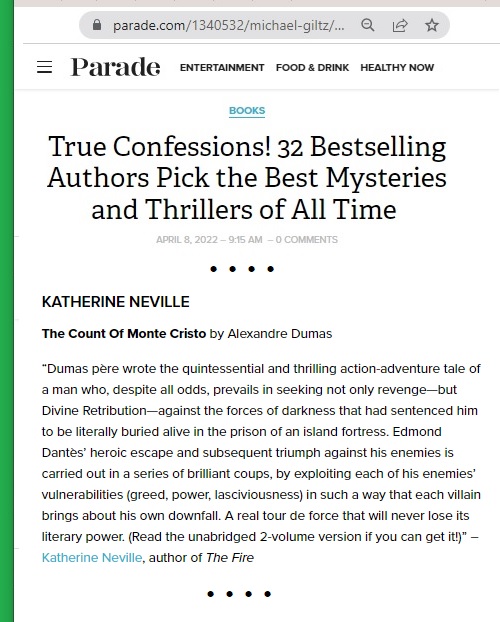|
The Concise Encyclopedia of Modern World Literature, From an unsigned article on Hermann Broch, page 79 — "Some of the sentences in The Death of Virgil must be the longest in literature. Undoubtedly this prolixity is meant to indicate the endlessly involved nature of human experience. In his earlier trilogy. Die Schlafwandler (1930-2, tr. as The Sleepwalkers, 1932), Broch had tried to show the progressive decay of values in the modern world. He had also, in 1936, published a study of James Joyce (q. v.). Broch was a matltematician and philosopher by training, and the quality of mind that drew him to these studies is reflected in liis creative writing. Like his Virgil, he had finally been driven to the profession of poetry. Now, at the moment of death, actual for Virgil, imagined reality for Broch, the intricate complications of experience break loose in human consciousness. Sanity is perhaps the ability to punctuate. These sentences roll on because in nature there is no full stop. Language cannot impose order on 'this demonic chaos of all separated voices, all separated perceptions, all isolated things, regardless of whether they belong to the present, the past, or the future.' But art is not a state of nature; and paradoxically Broch chooses to give form to his despair of form. His theory of art is that it is a science; he wants it to reflect total reality. It does, but not by spreading scientifically, rather by contracting, as in The Death of Virgil, and so making a finite shape in the infinite." |
As for "the ability to punctuate" . . .

See as well a post from the reported dies natalis of Idris Parry.


